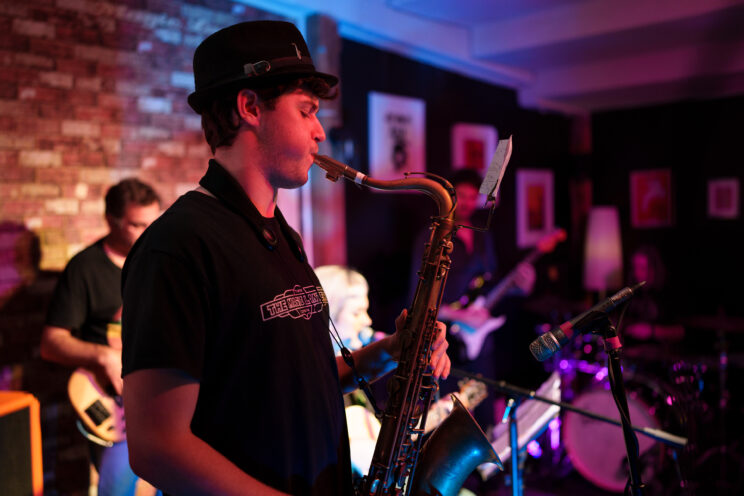The A6700 represents the latest inclusion in Sony’s APS-C series, catering to photographers rather than solely focusing on video creation (which is covered by the ZV-E series).
With a four-year gap since the last installment in this lineup, I was intrigued to explore how it stacks up against the A7 IV, a well-regarded full-frame camera that I personally own and have reviewed extensively in comparison to other products.
Without further ado, let’s delve into the comparisons!
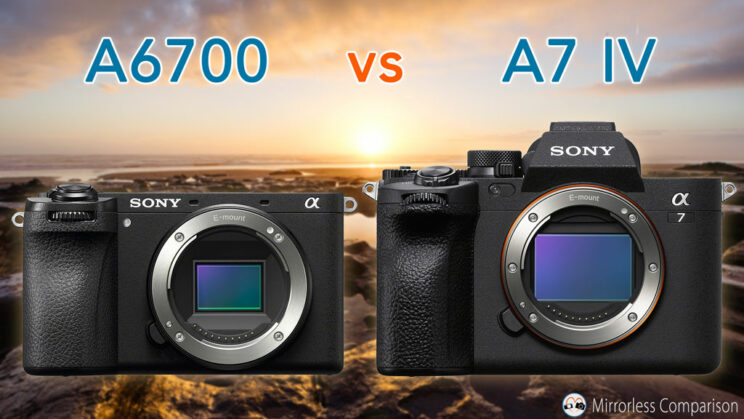
Ethics statement: what follows is based on official specs for the A6700, and our personal experience with the A7 IV. We were not asked to write anything about this product, nor were we provided any compensation of any kind. Within the article, there are affiliate links. If you buy something after clicking one of these links, we will receive a small commission. To know more about our ethics, you can visit our full disclosure page. Thank you!
1. Sensor
To begin, a notable difference between the A6700 and A7 IV lies in their sensor size. The A6700 features an APS-C sensor, which is smaller compared to the full-frame sensor found in the A7 IV.
Resolution-wise, the A6700 boasts 26.0 megapixels, while the A7 IV offers a higher resolution of 33.0 megapixels. Both sensors incorporate a backside-illuminated (BSI) design, which enhances their light-gathering capabilities.

When it comes to ISO performance, the A7 IV has a wider ISO range, as you can see on the table below:
Camera
Normal range
Extended range
A6700
100 – 32,00
100 – 102,400
A7 IV
100 – 51,200
50 – 204,800
In terms of RAW file settings, the A7 IV provides additional options compared to the A6700. It offers uncompressed RAW, along with the ability to shoot in lossless compressed RAW with three available sizes, or compressed RAW. On the other hand, the A6700 offers lossless compressed RAW in one size and compressed RAW.
However, both cameras support the 10-bit High-Efficiency Image Format (HEIF) mode, providing users with versatile file format options for their photography needs.

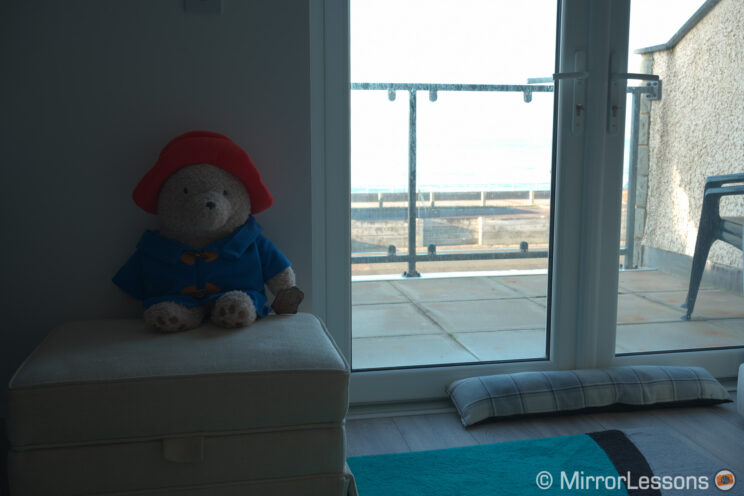
Furthermore, it is worth noting that the A7 IV boasts a maximum shutter speed of 1/8000s, available in both mechanical and electronic shutter modes. On the other hand, the A6700 can achieve the same exposure speed, but only when using the electronic shutter.
2. Video
Both cameras come equipped with excellent and advanced specifications for video recording.
They can both record up to 4K at 60p, although the way they achieve this differs. The A6700 applies a small 1.04x crop, while the A7 IV records up to 30p without crop, but can only achieve 4K 50p and 60p in APS-C mode.

If we concentrate on 4K 50/60p for a moment and analyze this with a focal length as a reference, let’s say a 24mm lens, the equivalent field of view on the A6700 would be around 37mm (taking into account the 1.5x APS-C crop factor and the 1.04x 4K crop). On the other hand, the A7 IV would provide a field of view equivalent to 36mm (considering the 1.5x crop factor). This means that in real-world use, if you are specifically interested in those 50/60p frame rates, the difference in angle of view is minimal.
Of course, the A7 IV can record 4K at up to 30p using the full width of its 35mm format sensor, ensuring an unaltered angle of view with your native full frame lens.
The A6700 offers an additional video setting: 4K at 100p/120p. However, this comes with a more severe 1.58x crop on the APS-C sensor. Using the same 24mm lens as a reference, the field of view would “become” approximately 57mm, resulting in a narrower perspective in this configuration.
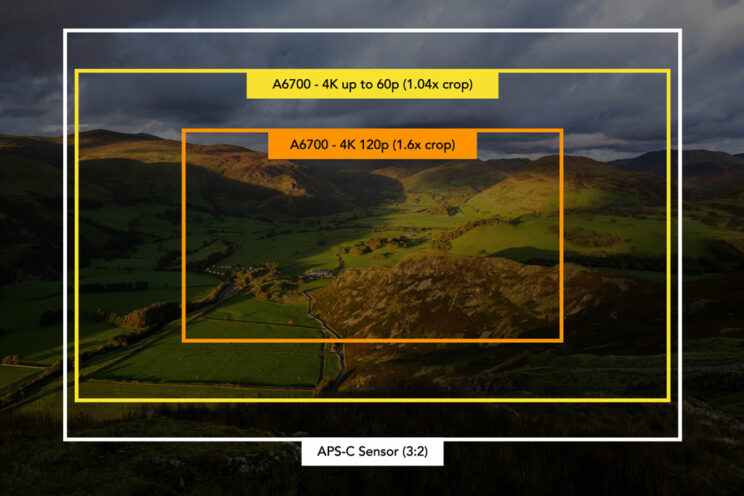
Apart from these differences, the two cameras share many common video specifications. They both support internal recording in 10-bit 4:2:2, with up to 600Mbps when using the All-Intra compression. Advanced picture profiles such as S-Log2, S-Log3, and Cinetone are available on both cameras. They also ditched the 30 minute / clip limitation.
In terms of connectivity, the A7 IV offers a full-size HDMI port, while the APS-C model features a smaller micro HDMI connector. Both cameras provide analog audio in and out options (3.5mm) as well as digital audio recording via the multi-interface shoe.
Finally, the A6700 offers a few additional options. You can load your own custom Look-At-Table (LUT), and there are functions specifically designed for vloggers, such as the Auto-Framing mode that keeps the subject centered in the composition while in motion.
3. Autofocus
The A6700 inherits the AI processing unit from the A7R V, along with the latest AF algorithm and deep learning technology. It excels in detecting the entire body of a person, understanding their posture and position. The Eye AF feature is more precise, and it can easily detect smaller subjects. Moreover, the A6700’s advanced capabilities extend to recognizing animals (body and head, not just eyes), insects, airplanes, and cars.
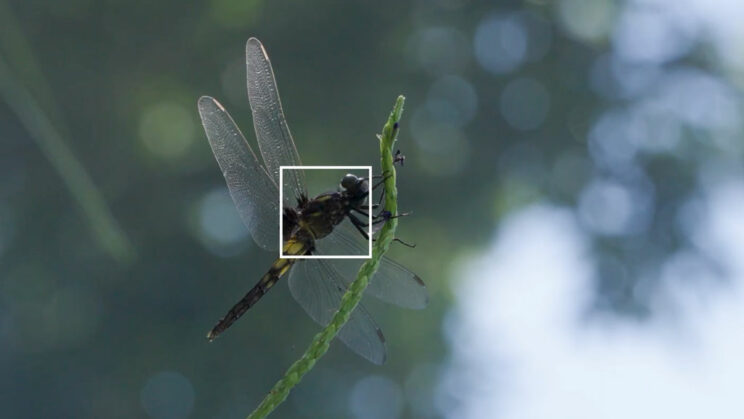
On the other hand, the A7 IV may not have all the latest features, but its Eye AF functionality performs admirably well for humans, animals, and birds.
Additionally, the A7 IV boasts better low-light sensitivity, with one stop of extra sensitivity compared to the A6700 according to the official specifications. Specifically, it offers -4EV compared to -3EV on the A6700 (both measured at ISO 100 with an f/2 lens).
4. Viewfinder
The A6700 features a smaller viewfinder located on the top left of the rear side of the camera. The OLED panel has a size of 0.39 inches and a resolution of 2.36 million dots. It offers a magnification of 0.70x and a fast refresh rate of 120fps.
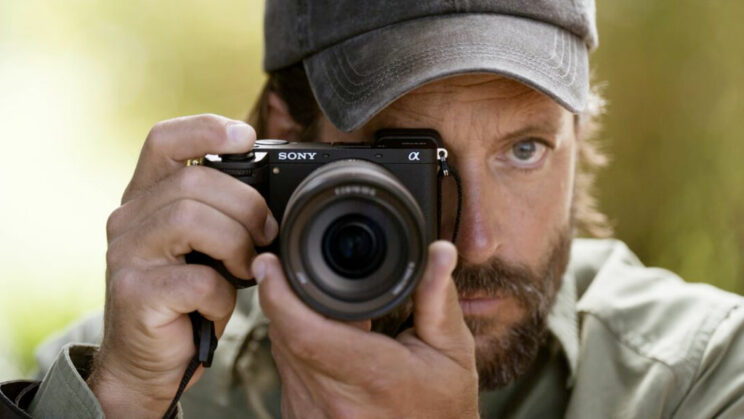
In contrast, the A7 IV has a centrally positioned viewfinder above the main frame, resembling the design of SLR cameras. It boasts a larger 0.5-inch size, higher resolution of 3.69 million dots, and a larger magnification of 0.78x. The maximum refresh rate is the same for both cameras.

5. Design
The A6700 offers the advantage of a compact size, considering that the A7 IV is already labeled as a compact mirrorless camera in its own right. Both cameras are equipped with dust and moisture resistance, ensuring durability in various shooting conditions.
- A6700: 122.0 x 69.0 x 75.1 mm, 493g
- A7 IV: 131.3 x 96.4 x 79.8mm, 658g
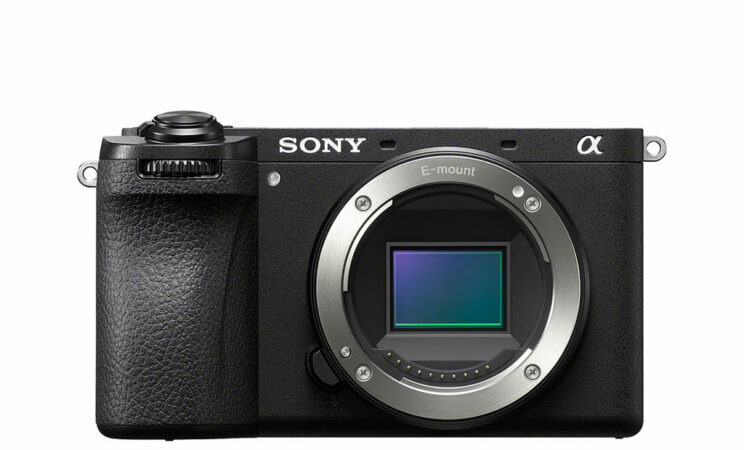
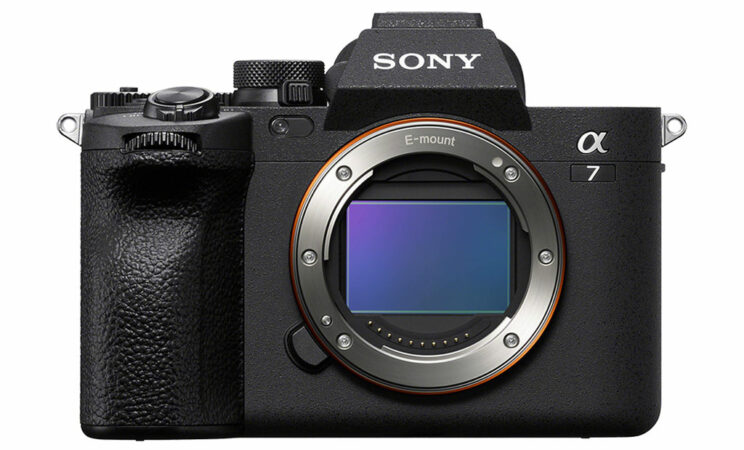
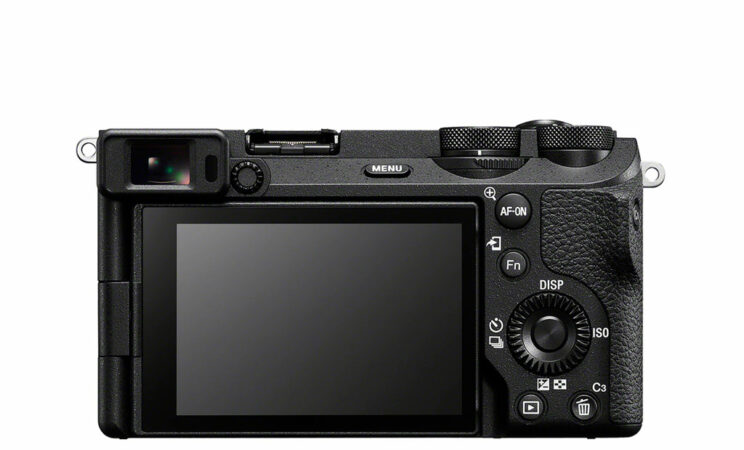

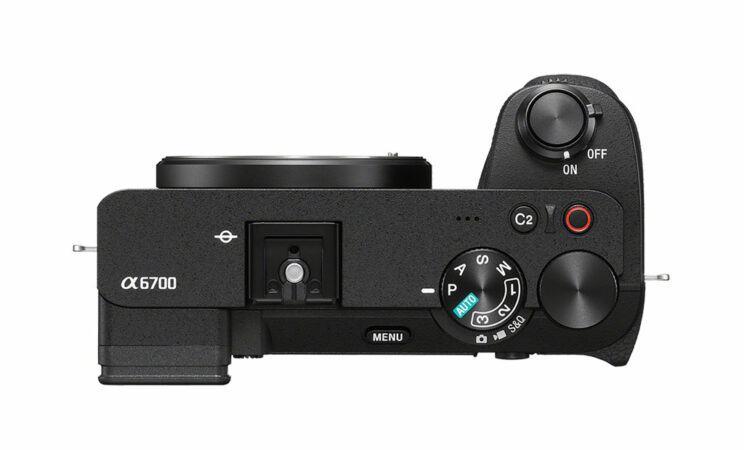

In terms of controls, the A7 IV provides additional features, including an AF joystick located at the rear, as well as a few extra custom buttons for enhanced customization.
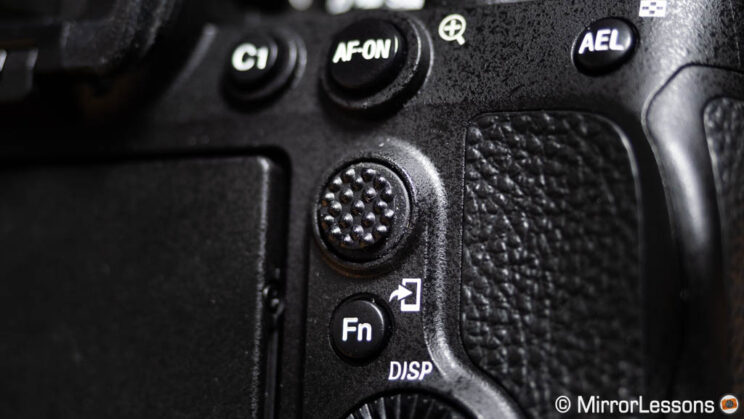
On the top of the cameras, the A7 IV incorporates an extra dial with a locking button at the center. It’s worth noting that the A6700 includes a newly designed photo/video mode dial, which, judging solely by how it looks, could be easier to operate compared to the solution found on the A7 model.
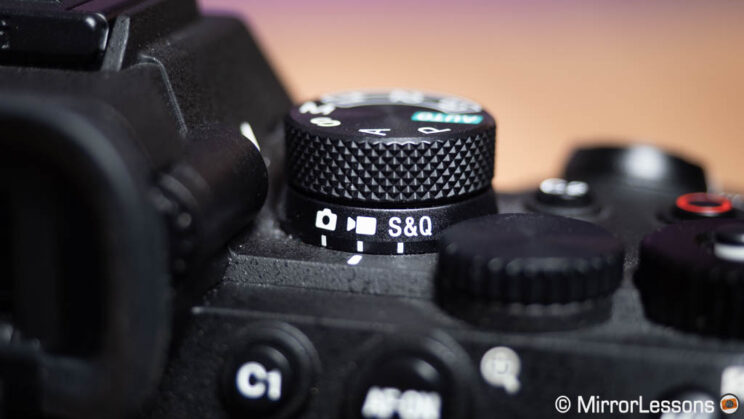
Regarding physical connections, most of them have already been discussed in the previous sections. However, it’s important to mention that both cameras are equipped with a USB C port operating at 10Gbps. The A7 IV has an additional micro USB terminal, allowing for the simultaneous use of two USB accessories if needed.
6. Memory
The A6700 features a single SD card slot, but it offers the advantage of being UHS-II compatible and has its own dedicated space on the side of the camera for easy access.
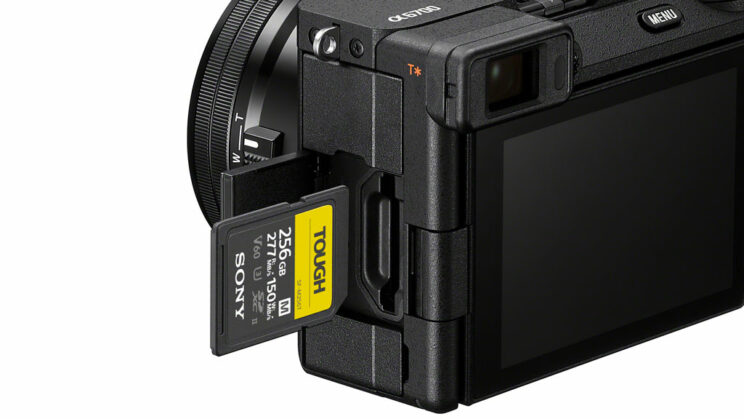
On the other hand, the A7 IV caters to those who require two card slots, and it goes a step further by offering compatibility with CFexpress Type A cards in the first slot. This type of card provides faster writing and reading speeds, which can be beneficial for tasks such as clearing the buffer more quickly.
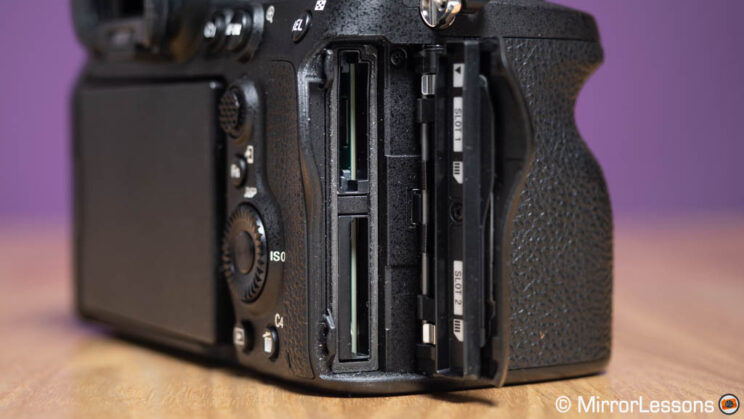
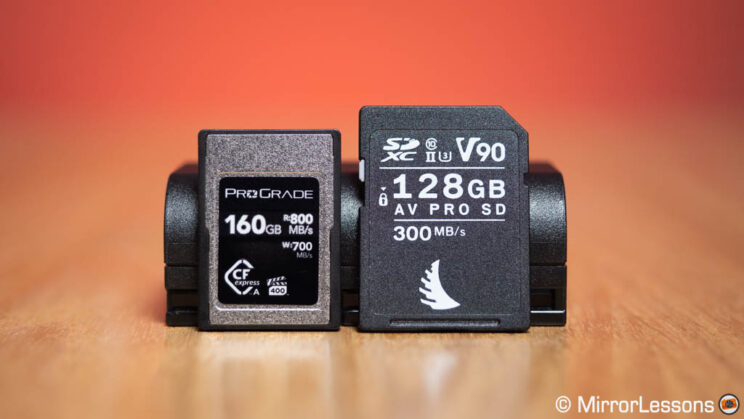
Speaking of buffer capacity, the A7 IV impresses with its ability to handle 1,000+ compressed RAW or JPG files when shooting at the maximum speed of 10fps. The A6700 performs similarly with JPGs, achieving 11fps, but the buffer capacity decreases significantly when shooting RAW files, allowing for only 59 frames.
It’s worth noting that the buffer performance with RAW files on the A7 IV is noticeably impacted when using an SD card, and selecting lossless compressed or uncompressed RAW will result in a reduced drive speed of 6fps.
7. Features
Both the A6700 and the A7 IV provide a wide range of additional functions that enhance the shooting experience. These features include a plug-and-play webcam mode, breathing compensation for video (available on select lenses), and a variable shutter.
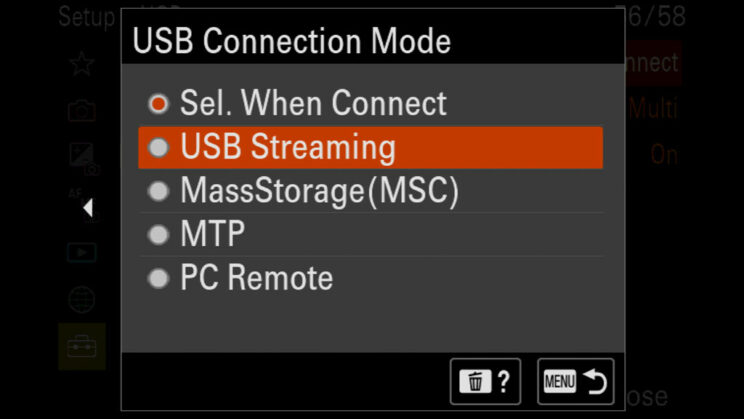
As the more recent model, the A6700 introduces some additional functionalities. It includes focus bracketing, which also enables the stacking of images using the Sony Imaging Edge software. It offers video time-lapses, allowing users to create time-lapse videos directly within the camera. Another noteworthy feature is the screen reader function, where a recorded voice reads the various items in the camera’s settings. This serves as an additional accessibility aid for photographers.
8. Stabilisation
Both the A6700 and the A7 IV are equipped with 5-axis sensor image stabilisation. The A7 IV offers a slightly better CIPA rating, providing up to 5.5 stops of compensation compared to the A6700’s 5.0 stops.
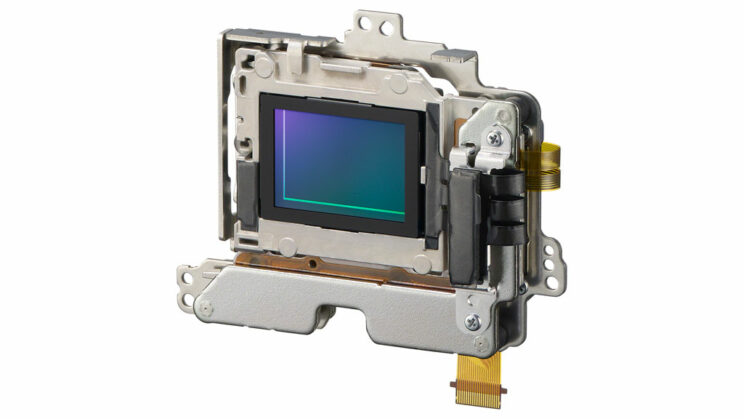
Both cameras feature an Active mode for video recording, which utilizes electronic stabilisation with a 1.1x crop. Additionally, if you prefer to stabilise your footage in post-production, you can use the gyro sensor data with Sony Catalyst software. However, it’s worth noting that while stabilising with this method can be effective, it has always resulted in some loss of sharpness in my tests so far.
9. Battery Power
Both the A6700 and the A7 IV utilize the NP-FZ100 battery, known for its excellent performance. The A7 IV boasts a slightly higher CIPA rating of 610 images per charge when using the LCD, while the A6700 offers approximately 570 frames.
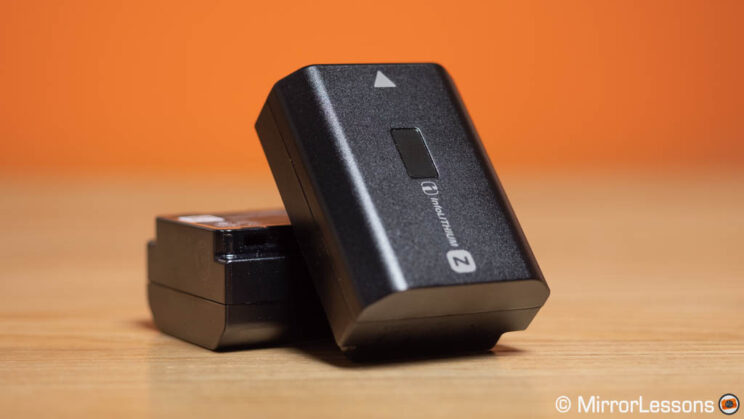
While both cameras can receive power via the USB C port, it’s important to note that only the A7 IV has an official battery grip accessory available for use with two batteries simultaneously.
However, it is likely that third-party manufacturers will develop battery grip options for the A6700, similar to what was done for its predecessor. These grips typically connect to the camera’s USB port and have have certain limitations in functionality compared to an official battery grip.
10. Price and Lenses
It’s important to consider the significant price difference between the A6700 and the A7 IV. The APS-C model offers a more affordable option, with the body-only priced at $1400, £1450, or €1700.
On the other hand, the A7 IV demands a higher investment, starting at $2500, £2400, or €2700.
Both cameras utilize the E-mount, which means there is a wide range of lenses available from Sony, Samyang, Zeiss, Tamron, Viltrox, and other manufacturers. It’s worth noting that you can use full frame lenses on the A6700, or even APS-C lenses on the A7 IV with a 1.5x crop factor.
If your preference is to stick with full frame lenses on a full frame body, or APS-C lenses on an APS-C body, A7 IV users will find a broader range of choices.
Additional comparison articles:
A6700 vs A7 IV
Final Thoughts
When comparing the A6700 and the A7 IV, the decision ultimately depends on whether you prioritize the advantages of a full frame sensor or your budget constraints.
The A7 IV offers the benefits of superior image quality but at a higher price point. On the other hand, the A6700 provides excellent value for money with its smaller APS-C format.
If video recording is a significant factor for you, both cameras can be quite comparable, especially if you are looking for a 4K 60p camera. However, the A6700 edges ahead by offering the additional capability of 4K 120p, albeit with a heavy sensor crop. The smaller size might be more limiting for prolonged video recording however.
Furthermore, as the more recent model, the A6700 incorporates extra features designed to cater to the needs of both photographers and videographers, including an enhanced autofocus system.
Reminder: the links below are affiliate links. If you decided to buy something after clicking the link, we will receive a small commission.
Check price of the Sony A6700 on
B&H Photo
Check price of the Sony A7 IV on
Amazon | Amazon UK | B&H Photo | eBay

